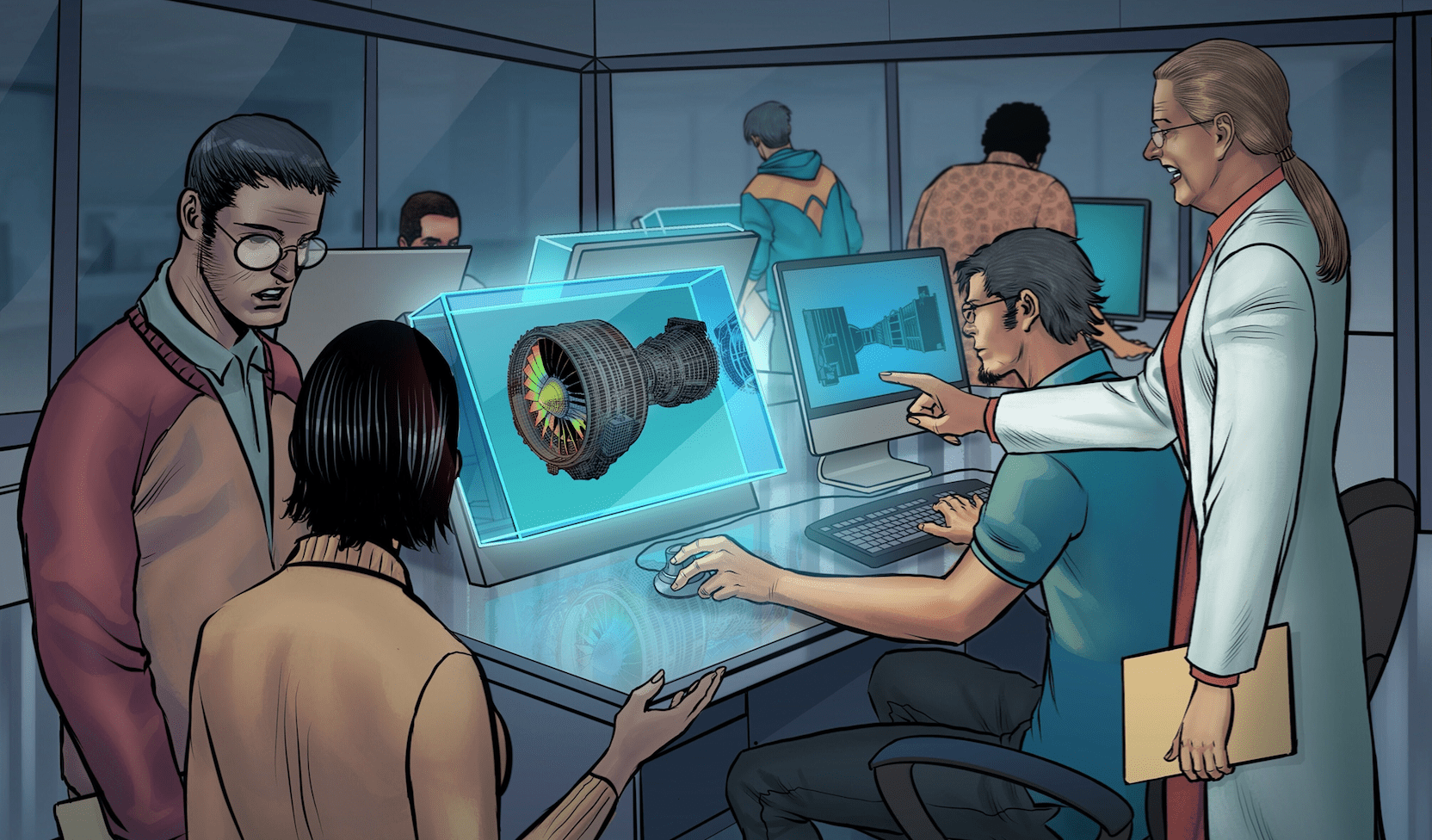In February 2017 I met Shawn Frayne, one of the founders of Looking Glass Factory, a Brooklyn-based company with ambitions to make holographic interfaces a reality. Their team was scrappy and had sold an impressive variety of volumetric display kits to fuel their R&D efforts, and since our human-computer interface investment theme is one of my favorites, we led their Series A round.
Last summer they launched their flagship product, a dev kit called the Looking Glass. It was the first desktop holographic display to come to market for, well, extreme nerds (like yours truly) that have been hoping for holographic displays their/our whole lives.
The Looking Glass dev kits and the adjoining Unity and three.js SDKs sparked a wave of holographic app creation over the past few months, with thousands of hologram hackers creating new and wonderfully weird apps in their Looking Glasses every day. Looking Glass clubs are even springing up, like this one that meets in Tokyo with a few hundred members and growing.
But these systems are strictly dev kits, meaning they require the user to have a powerful computer to connect to and run the holographic display. I have several Looking Glasses of my own and I love them, but most of the time they sit idle because they can’t run standalone. The multitude of holographic apps being created by developers around the world, like holographic CT scan viewers and interactive software robots and volumetric video players for the Looking Glass, haven’t really been deployable outside of a highly technical crowd that already owns powerful computers.
That changes today with the launch of the Looking Glass Pro, an all-in-one holographic workstation. The Looking Glass Pro is a turnkey holographic solution for any enterprise that needs to display genuine 3D content to groups of people without subjecting them to the indignity of donning a fleet of VR headsets.

Some first use cases are showing up in fields like orthodontics, where holographic renderings of dental CT-scans for surgeons (and soon for patients) are fast becoming a reality.

In situations where agencies are generating things like volumetric music videos and holographic ads (like in the case of Intel Studio’s production Runnin’, generated by Reggie Watts and written and directed By Kiira Benzing), being shown at the Augmented World Expo this week in a Looking Glass Pro).
And in scenarios where groups of engineers need to review three-dimensional simulations of phenomenon like the mechanical stresses in to-be-printed parts and complex biological systems in the Looking Glass Pro as if they were viewing the real thing.

The Looking Glass Pro comes with a lot of built-in functionality, including a powerful embedded computer, a direct touchscreen on the holographic display for interacting with the 3D content, and even a flip-out 2D touchscreen for things like text entry and extended UI. Most importantly, the Pro comes with a commercial license to the Holographic Software Suite, a collection of the Looking Glass SDKs for Unity, three.js, and the newly announced Looking Glass Unreal Engine SDK, meaning developers in the enterprise can make apps for the Pro and deploy them fully-standalone for commercial applications for the first time.
This story has been told before, where a new computing platform makes the phase change from a dev kit for a group of technology enthusiasts into something that businesses can use. Think back to the Apple I’s transformation into the Apple ][ series, the evolution (several times over) of 3D printers, or even AR headsets if what Hololens 2 and just-announced Google Glass 2 are doing is any indication.
The launch of the Looking Glass Pro is a sign that that time has come for holographic interfaces.
If you’re an enterprise looking to get into the hologram game, get one of the first batch of Looking Glass Pros today before they sell out.